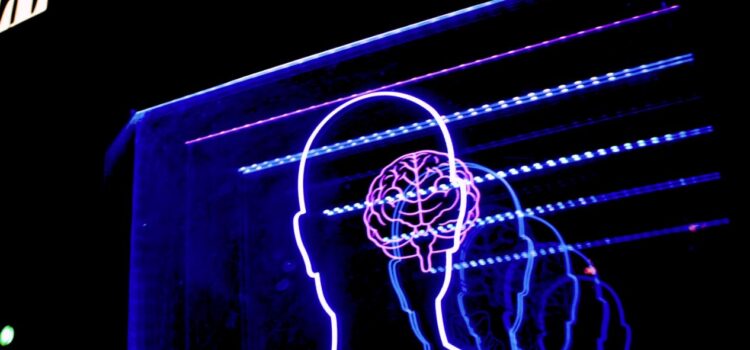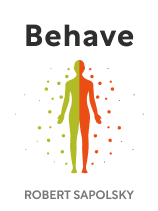

This article is an excerpt from the Shortform book guide to "Behave" by Robert Sapolsky. Shortform has the world's best summaries and analyses of books you should be reading.
Like this article? Sign up for a free trial here .
What is the Triune brain? What are the three levels of the brain, according to the Triune theory?
In the Triune brain model, the brain is divided into three levels: the neocortex, the limbic system, and the reptilian complex. According to this model, each level is self-contained in the sense that it doesn’t interact with the other two. In reality, the whole brain is interconnected, so this model should be taken metaphorically, not literally.
Keep reading to learn about the three levels of the brain, according to the Triune brain theory.
The 3 Levels of the Brain
In his book Behave, Sapolsky starts by explaining how the brain works in very general terms. He explains that our thought processes operate in three different “levels”:
1. Top level: neocortex. This is the most recently evolved part of the brain and a feature we share only with our closest animal relatives, the primates. The neocortex is associated with deep thought, reasoning, memory, and processing sensory information. Based on what you’re thinking about, the neocortex sends signals down to the limbic system.
2. Middle level: limbic system. The limbic system is found in all types of mammals, meaning that it evolved earlier than the neocortex. The limbic system is associated with emotions; in more scientific terms, with positive and negative responses to stimuli. Based on those stimuli, the limbic system sends signals to the core regulatory functions.
3. Base level: core regulatory functions. This section controls our most basic and instinctive processes—the things you have little or no control over. For example, if the oxygen levels in your blood fall too low, the reptilian complex will signal you to start breathing more heavily, which is why you start panting when you’re exercising.
(Shortform note: Some sources refer to the base level as the “reptilian complex” (which gives rise to the colloquial “lizard brain”). However, Sapolsky doesn’t use that term in Behave.)
Sapolsky adds that, in some cases, thought processes can skip the neocortex and (more rarely) the limbic system, generating much faster and more instinctive responses.
For example, if you read a recipe, you might think it sounds delicious (neocortex), triggering a positive emotional response (limbic system), sparking feelings of hunger and causing you to salivate (reptilian complex). However, if you see or smell food, it would skip the reasoning step and jump right to the emotional response, followed by the physical one. If you’re starving and your blood sugar is low, that signal would skip straight to the base reptilian complex of your brain and make you feel physically hungry—no logic or emotion needed.
| Controversy Over the “Three Levels” Model The brain model that Sapolsky explains here (sometimes called the Triune model) isn’t universally accepted. Some neurologists argue that it shouldn’t be used anymore due to several major shortcomings: 1. The Triune brain theory says that there are three separate and distinct areas of the brain, that each carries out a different function, and that they have little or no interaction with each other. In reality, our various brain functions (rational thought, emotions, and automatic reflexes) are inseparable; each constantly influences the others. 2. The Triune model suggests that, as we evolved, we gained all-new brain features, while the existing features remained mostly unchanged. That is not accurate—the core functions had to evolve and change as the limbic system developed, and both “lower” regions had to evolve to work with the neocortex. 3. Finally, the Triune model imagines the brain as three physically separate regions, when in reality there is significant overlap between the “layers.” Sapolsky admits these shortcomings of the Triune model in Behave, even saying that the three “levels” should be viewed as metaphorical rather than literal (due to the physical and functional overlaps). However, he still promotes the Triune model as a simplified, easily digestible way to understand the brain and its functions—in other words, he believes it’s still suitable for laypeople, if not for neuroscientists. |

———End of Preview———
Like what you just read? Read the rest of the world's best book summary and analysis of Robert Sapolsky's "Behave" at Shortform .
Here's what you'll find in our full Behave summary :
- An exploration of the myriad influences on human behavior
- A scientific look at why some people do such terrible things
- If there's really such a thing as free will






